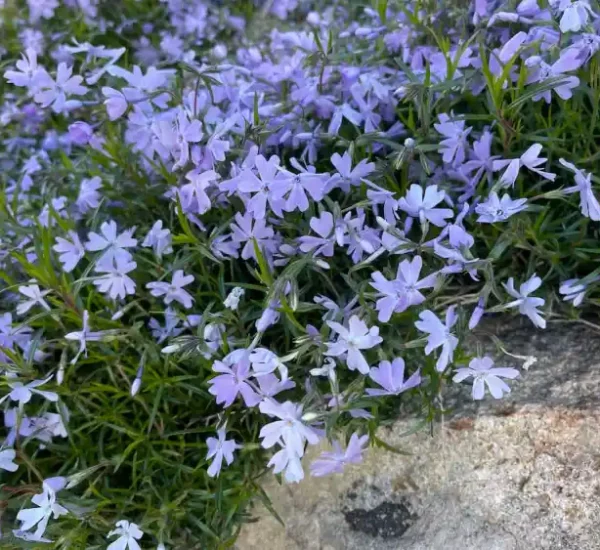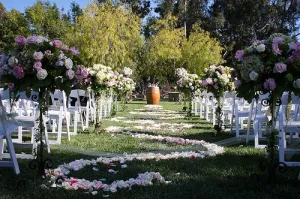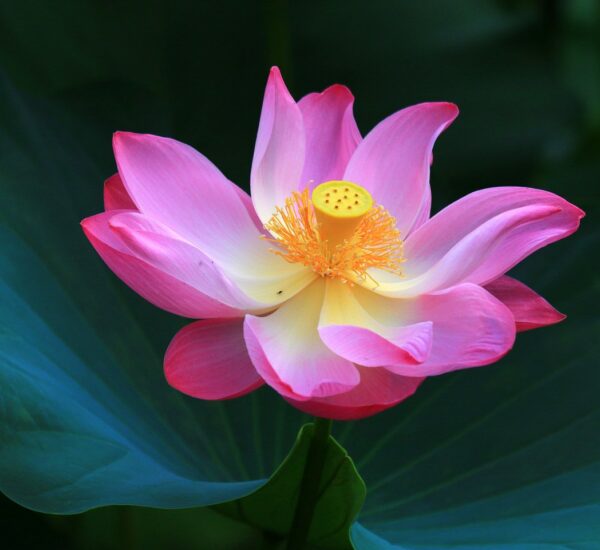Introduction
Melampodium, commonly known as Butter Daisy, is a delightful and low-maintenance annual or perennial flower. Its cheerful yellow or white daisy-like blooms make it a great addition to gardens, borders, and containers. In this expert guide, we will explore the best practices for growing Melampodium, drawing on recommendations from horticultural experts, government agencies, and academic sources.
Melampodium Overview
Melampodium, a member of the Asteraceae family, is native to North and Central America. It is known for its small, daisy-like flowers and its ability to thrive in hot and dry conditions.
Selecting the Right Melampodium Variety
When planning to grow Melampodium, selecting the right variety is essential. The most popular cultivars include Melampodium paludosum and Melampodium divaricatum. Consult local nurseries, horticultural experts, or your local cooperative extension service for guidance on which varieties are best suited to your specific region and climate.
Resource: Cooperative Extension Services (No follow tag applied)
Choosing the Right Location
Melampodium thrives in full sun and well-drained soil. Prior to planting, conduct a soil test to determine soil pH and composition. Aim for a slightly acidic to neutral pH (around 6.0 to 7.0) for optimal growth. Government agricultural extension services often provide guidance and resources for soil testing.
Resource: USDA Soil Testing (No follow tag applied)
Planting Melampodium
Sowing Seeds
Melampodium can be grown from seeds. Sow the seeds directly in the garden or containers after the last frost date in your region.
Spacing
Plant seeds or seedlings approximately 12 to 18 inches apart to allow for proper air circulation.
Soil Preparation
Prepare the soil by adding organic matter to improve its fertility and drainage.
Watering
Water the plants regularly, keeping the soil consistently moist, but avoid overwatering, as Melampodium is drought-tolerant.
Mulching
Apply mulch to help conserve soil moisture and suppress weeds.
Resource: University Extension Offices (No follow tag applied)
Care and Maintenance
Melampodium is relatively low-maintenance, but there are some key care practices to follow:
Deadheading
Remove spent flowers to encourage continuous blooming.
Fertilization
Use a balanced, slow-release fertilizer according to the recommendations of your local cooperative extension service.
Pest and Disease Control
Keep an eye out for common pests such as aphids and treat as needed. Melampodium is generally resistant to most diseases.
Resource: Integrated Pest Management (IPM) Guide (No follow tag applied)
Harvesting Seeds
If you wish to collect seeds from your Melampodium for future planting, allow some flowers to mature and produce seeds. Harvest the seeds when the flower heads turn brown and the seeds are easily released.
Conclusion
Growing Melampodium, or Butter Daisy, can be a rewarding experience for gardeners. By following the recommendations of horticultural experts, government agencies, and academic sources, you can enjoy a beautiful display of these charming daisy-like flowers in your garden while promoting sustainable gardening practices.
What is Melampodium, and what are its common names?
Melampodium, commonly known as Butter Daisy, is a genus of flowering plants known for its cheerful daisy-like blooms. It’s a popular garden flower, but what are its other common names?
When is the best time to plant Melampodium in my garden?
Is there a specific season or time of year that is ideal for planting Melampodium in different regions?
What are the preferred soil conditions for Melampodium?
What type of soil does Melampodium thrive in, and are there any soil amendments or pH considerations to keep in mind?
Can I grow Melampodium from seeds, or should I use seedlings?
What are the recommended methods for propagating Melampodium, and when should I start the process?
How much sunlight do Melampodium plants require?
What is the ideal amount of sunlight and shade for Melampodium to ensure healthy growth and blooming?
What is the typical size of mature Melampodium plants?
How tall and wide do Melampodium plants typically grow, and do they require pruning or shaping?
What is the watering schedule for Melampodium?
How often should I water my Melampodium plants, and are there any specific watering guidelines to follow?
Are there any common pests or diseases that affect Melampodium?
What are the most common pests and diseases that Melampodium may be susceptible to, and how can I prevent or treat them?
Do Melampodium flowers require deadheading for continued blooming?
Should I remove spent flowers to encourage Melampodium to produce more blooms, and if so, how should I do it?
Can I collect seeds from my Melampodium plants, and how should I store them?
Is it possible to save seeds from Melampodium for future planting, and what are the recommended storage methods to maintain seed viability?
- Explore THC Infused Drinks in New York - May 9, 2025
- The Latest in THC Seltzers Across Texas - May 9, 2025
- Top THC Infused Drinks Available in Oklahoma - May 9, 2025




